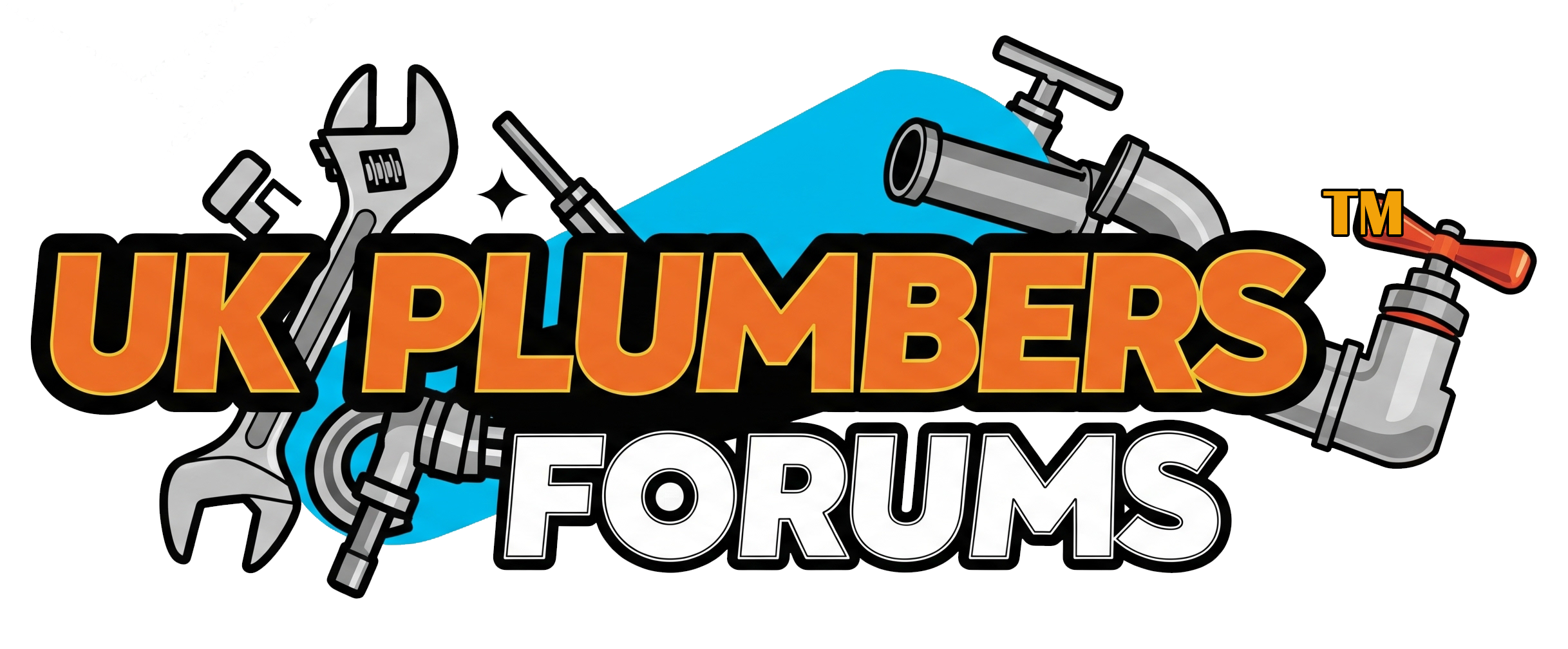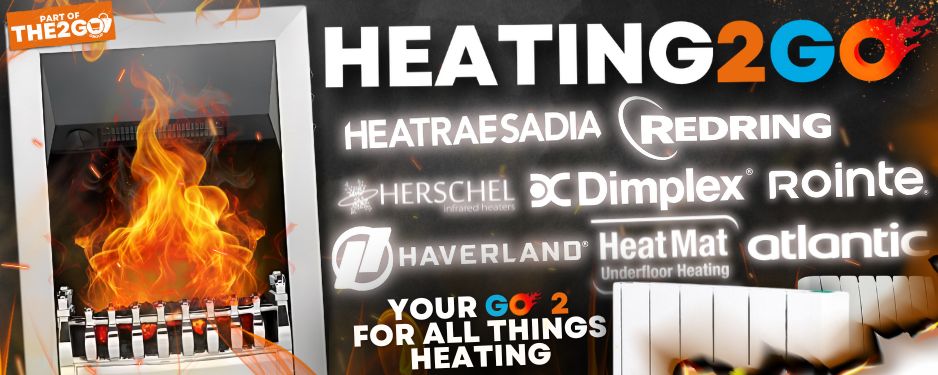Ok, just a layman's view here. I understand fully the need for a PRD in a shower unit. I know the Physics of it all and I get how they work totally. But why nowadays is it a piddly little soft ball popping out of a hole and not a proper sprung loaded valve set to open at the same pressure the ball pops at? It is no problem to make a valve which will open cleanly at the required pressure but will reset itself if the pressure is released. We have these fitted in every car on the road in the header tank of the cooling system. If fault in the valve is considered a problem, it could even be paralleled with a soft ball type which blows at a slightly higher pressure to override the valve if it fails.
I would guess there could be a point made that the PRD blowing enforces diagnostic action to be taken as to why and a repair implemented but, in truth, will the average handyman not just replace it and trust to luck? Let's be honest, the only thing which can cause the valve to blow is blockage in the outlet pipe and head setup. That is easily spotted and fixed.
So why not fit proper valves which reset themselves when the fault over-pressure is removed? Is it purely to keep on selling PRDs? 😉
I would guess there could be a point made that the PRD blowing enforces diagnostic action to be taken as to why and a repair implemented but, in truth, will the average handyman not just replace it and trust to luck? Let's be honest, the only thing which can cause the valve to blow is blockage in the outlet pipe and head setup. That is easily spotted and fixed.
So why not fit proper valves which reset themselves when the fault over-pressure is removed? Is it purely to keep on selling PRDs? 😉




